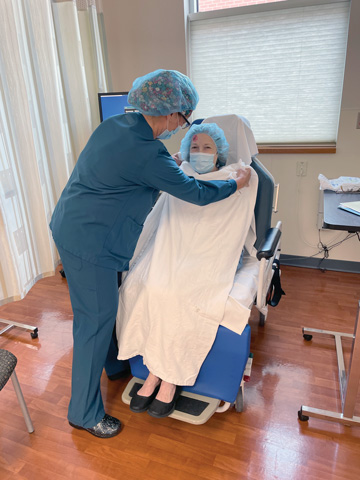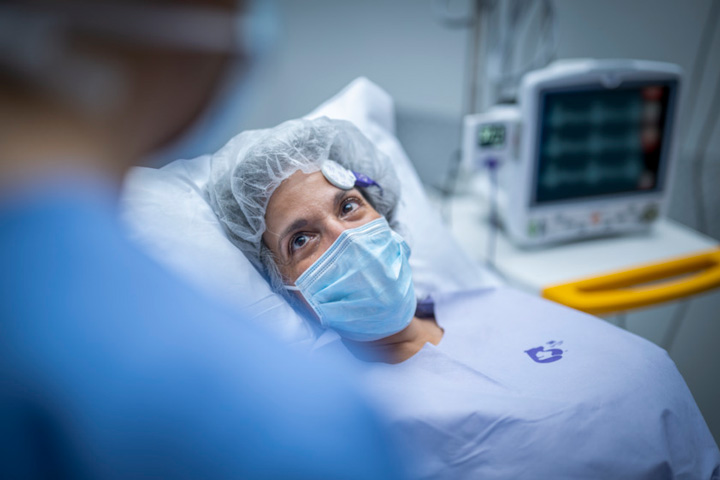Shorter procedure times shouldn’t automatically mean passive measures.
 J.D. Buchert
J.D. BuchertCOMFORT AND SAVINGS Warming patients for surgery not only improves the patient experience, but also can prevent emergent hypothermic events that are expensive for facilities to address.
Facilities that base active warming protocols on the length of the surgery may want to revisit that approach.
Warming every patient no matter the duration of the surgery is the best course of action for facilities, says J.D. Buchert, MSN, M.Ed., MS, RN, workforce safety manager for quality and safety operations at Parkland Health in Dallas, who adds that ASCs in particular could benefit from more consistent active warming of patient populations. “These patients tend to have shorter procedure times that may preclude them from receiving active warming due to a facility’s policy,” he notes.
It’s not uncommon for surgery centers to implement a 60 minute-or-longer threshold to determine the warming method the patient will receive. At many facilities, passive warming methods are used for procedures lasting less than 60 minutes. These surgical duration thresholds are not in place for clinical or patient experience reasons. It’s simply to control costs.
Mr. Buchert urges facility leaders to look beyond short-term savings by factoring in the wide range of costs associated with patients who experience unplanned hypothermia. Specifically, a 2021 study found that intraoperative hypothermia was associated with higher risks of bleeding, surgical site infection and shivering, at a cost of $363.80 per patient. The study further determined that the per-patient investment in active warming is $292.
Hypothermic events can also have costly ripple effects on the PACU. “A patient experiencing unplanned hypothermia in the PACU can take up valuable space needed for outgoing patients, and the negative impact unplanned hypothermia can have on patient satisfaction creates another major issue,” says Mr. Buchert.
Ultimately, a facility’s best defense against hypothermia is active warming across the entire perioperative continuum. “Too many times, I have walked into a preoperative holding room and been told by a patient they are cold,” says Mr. Buchert. “A patient typically has a decrease of 1° F in body temperature upon induction. If that patient is entering the operating room already cold, their temperature drop can have devastating effects because there is typically not enough time to bring that patient’s temperature back to normothermic range.”
.svg?sfvrsn=be606e78_3)



.svg?sfvrsn=56b2f850_5)